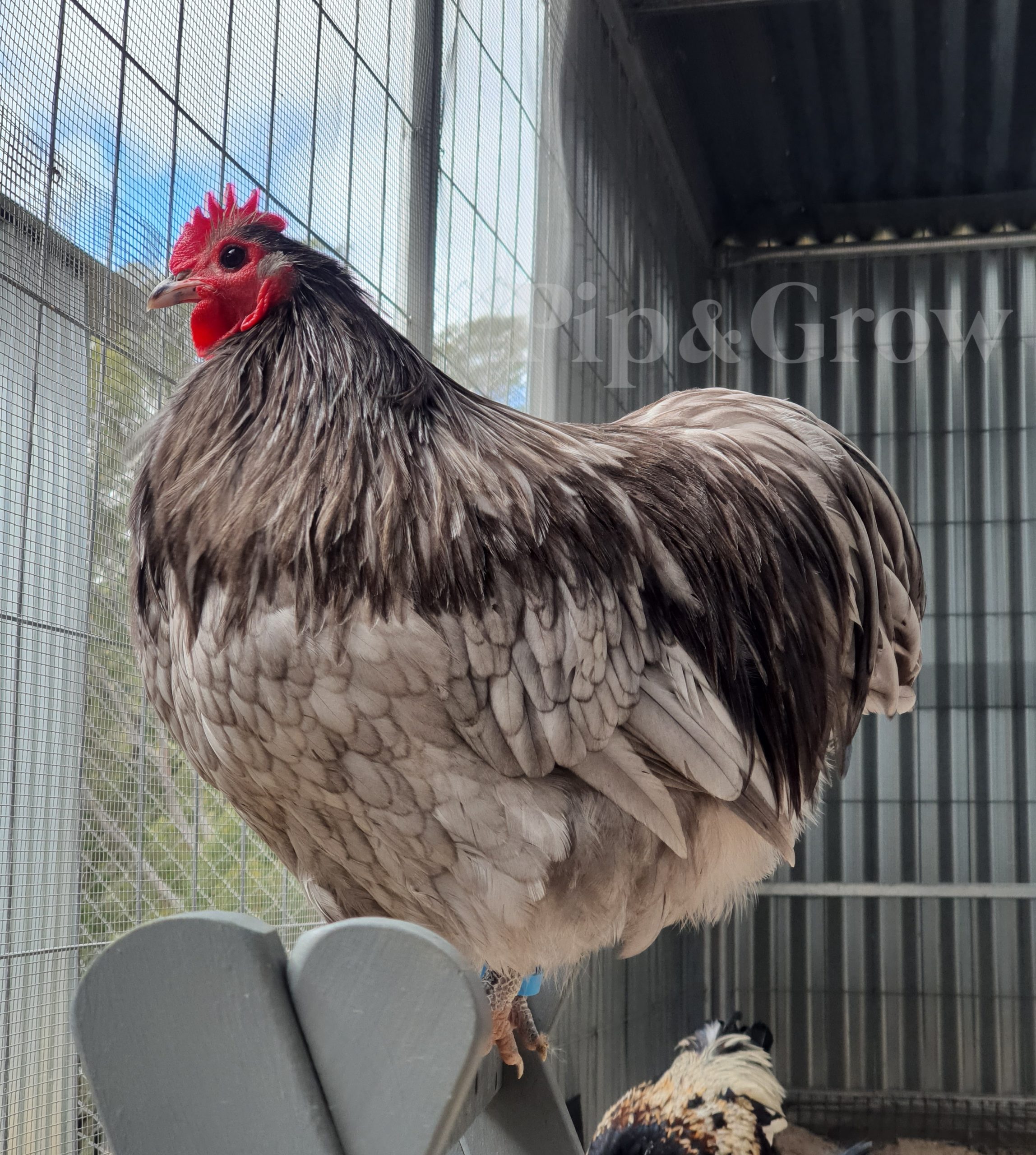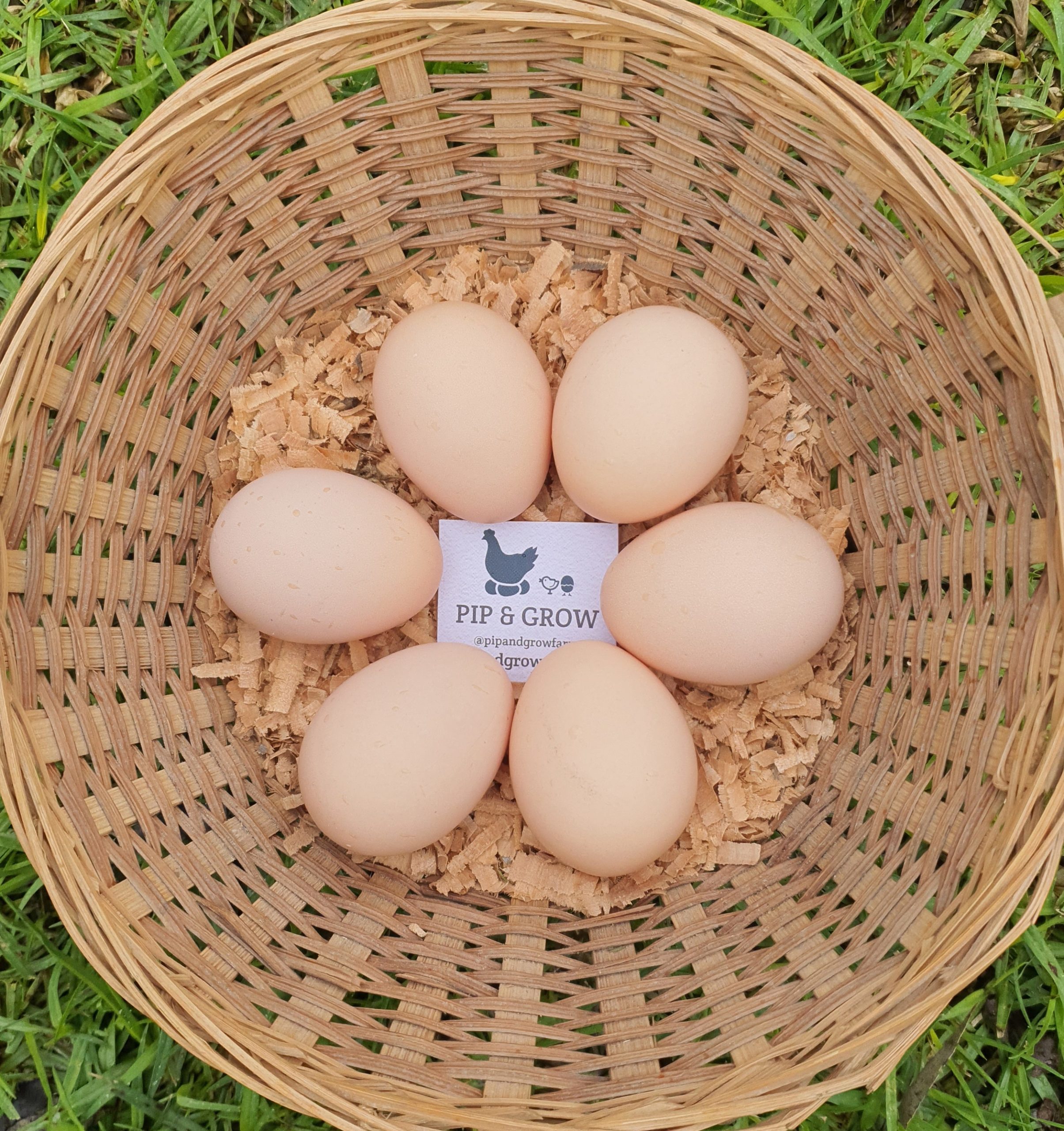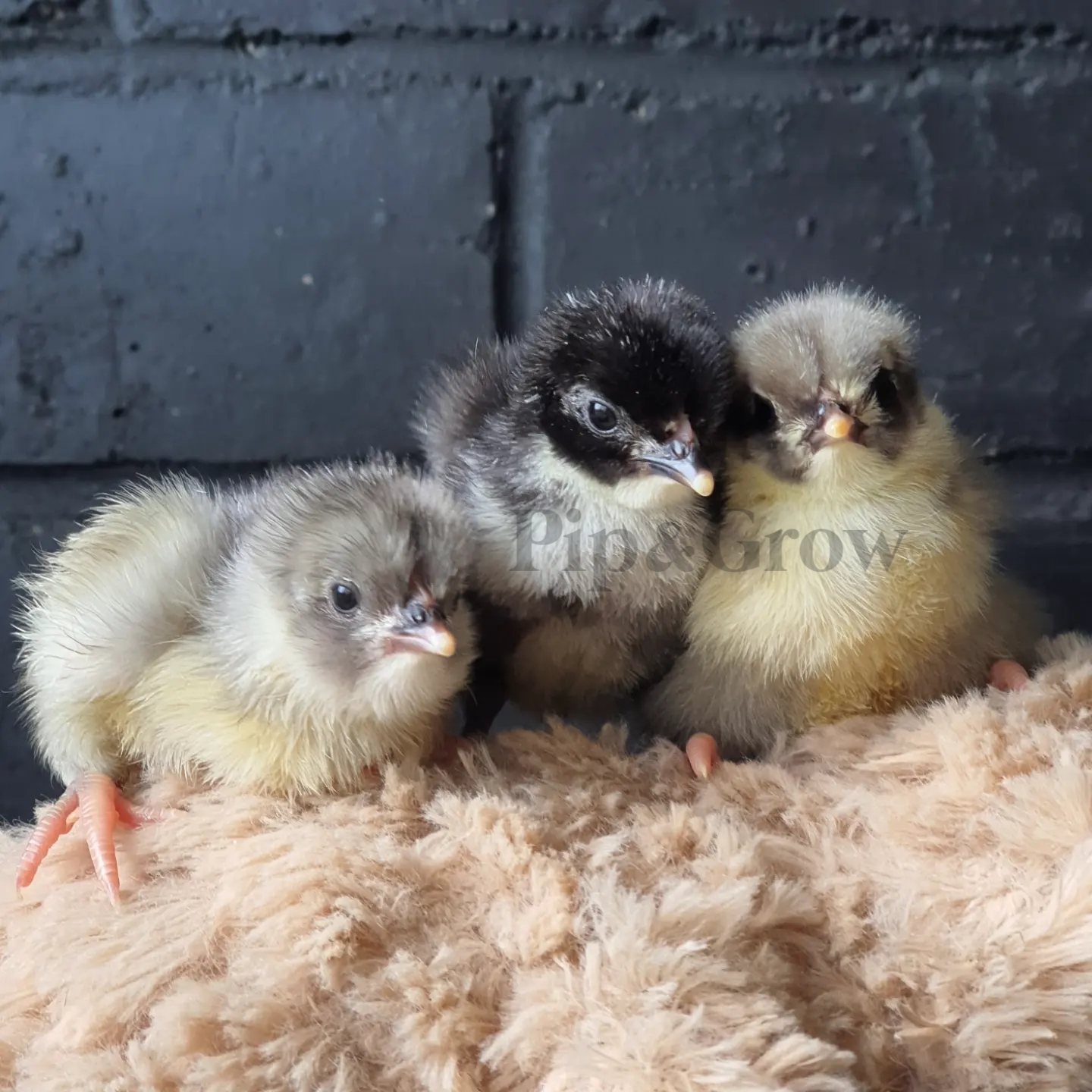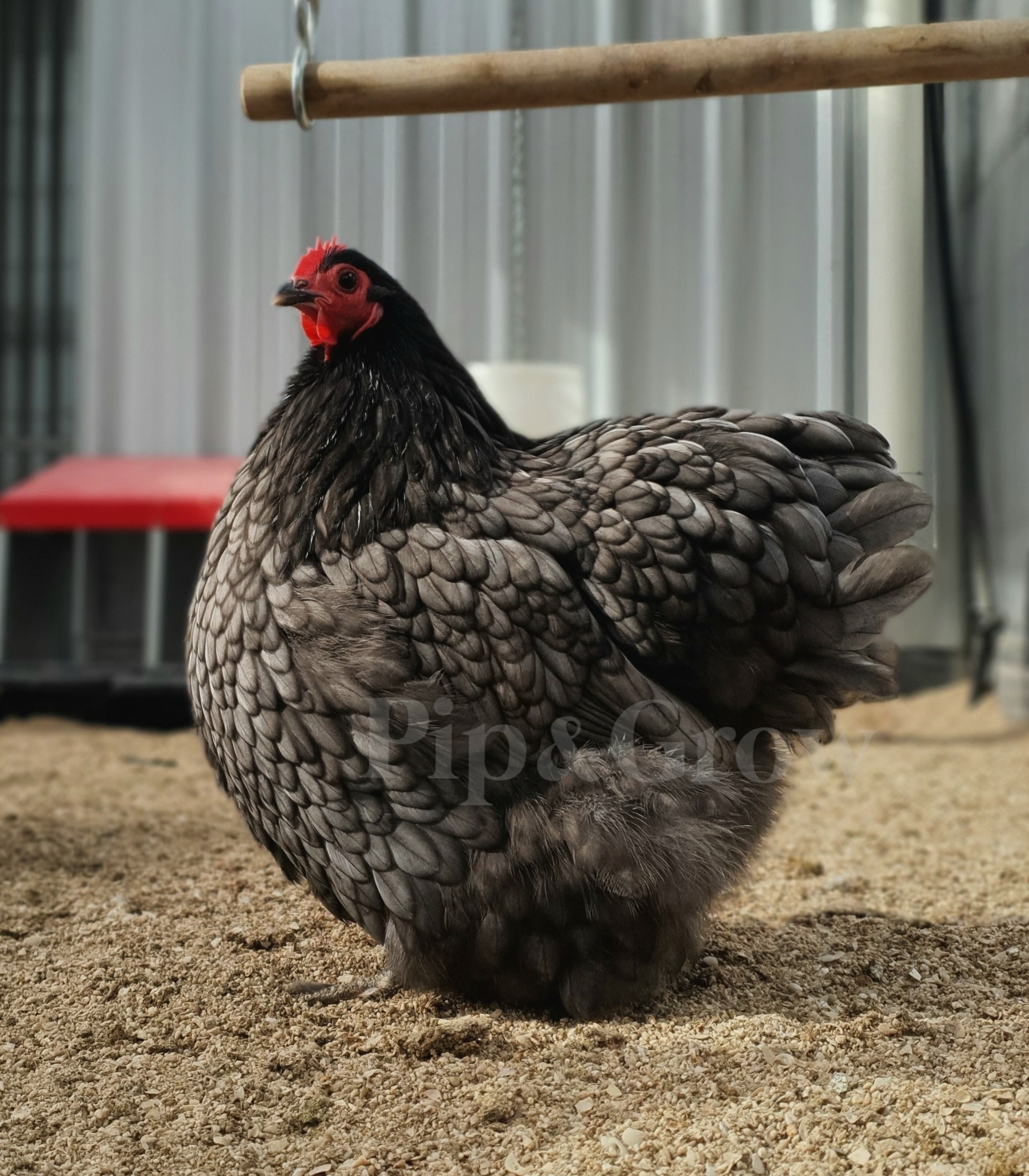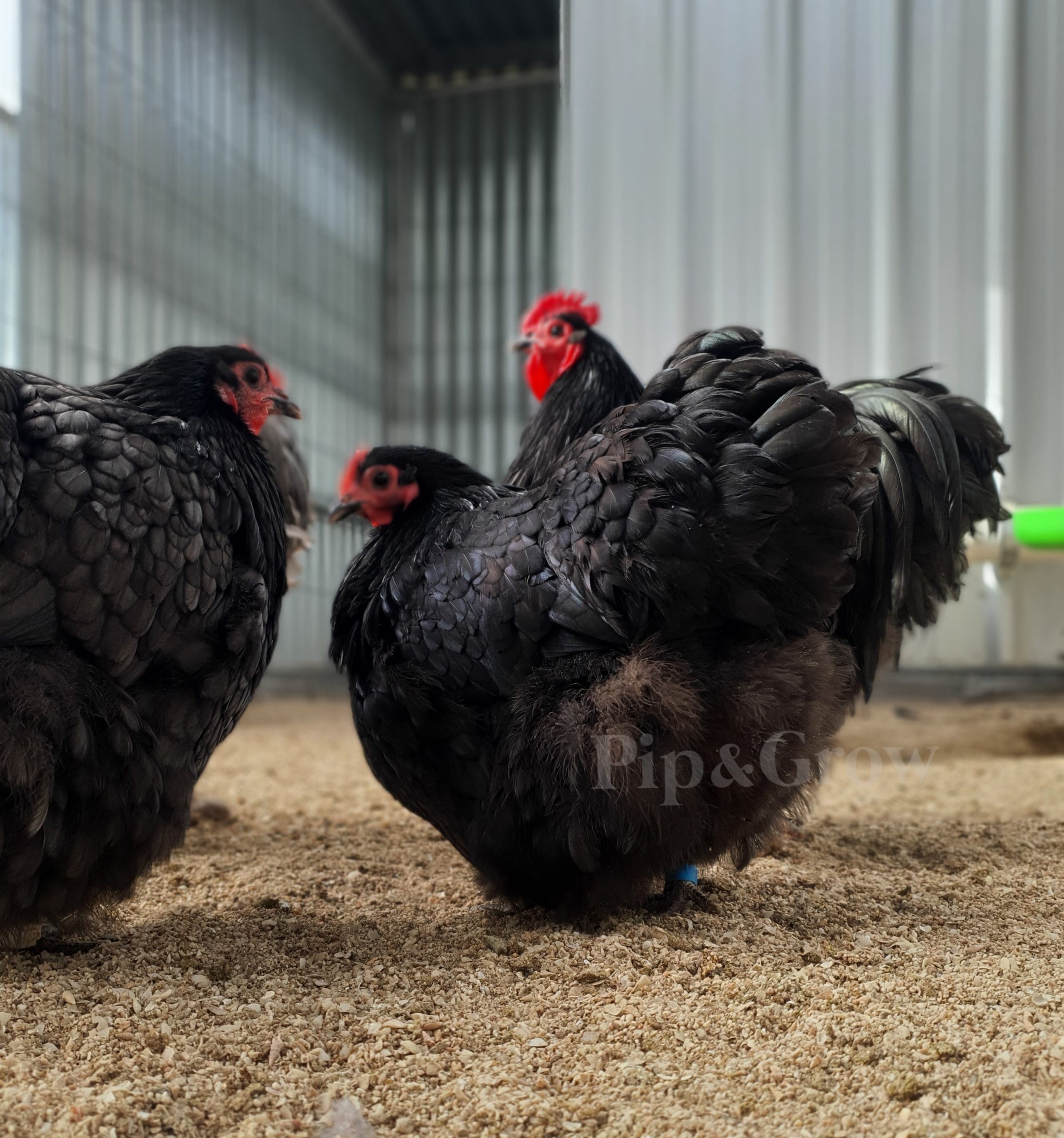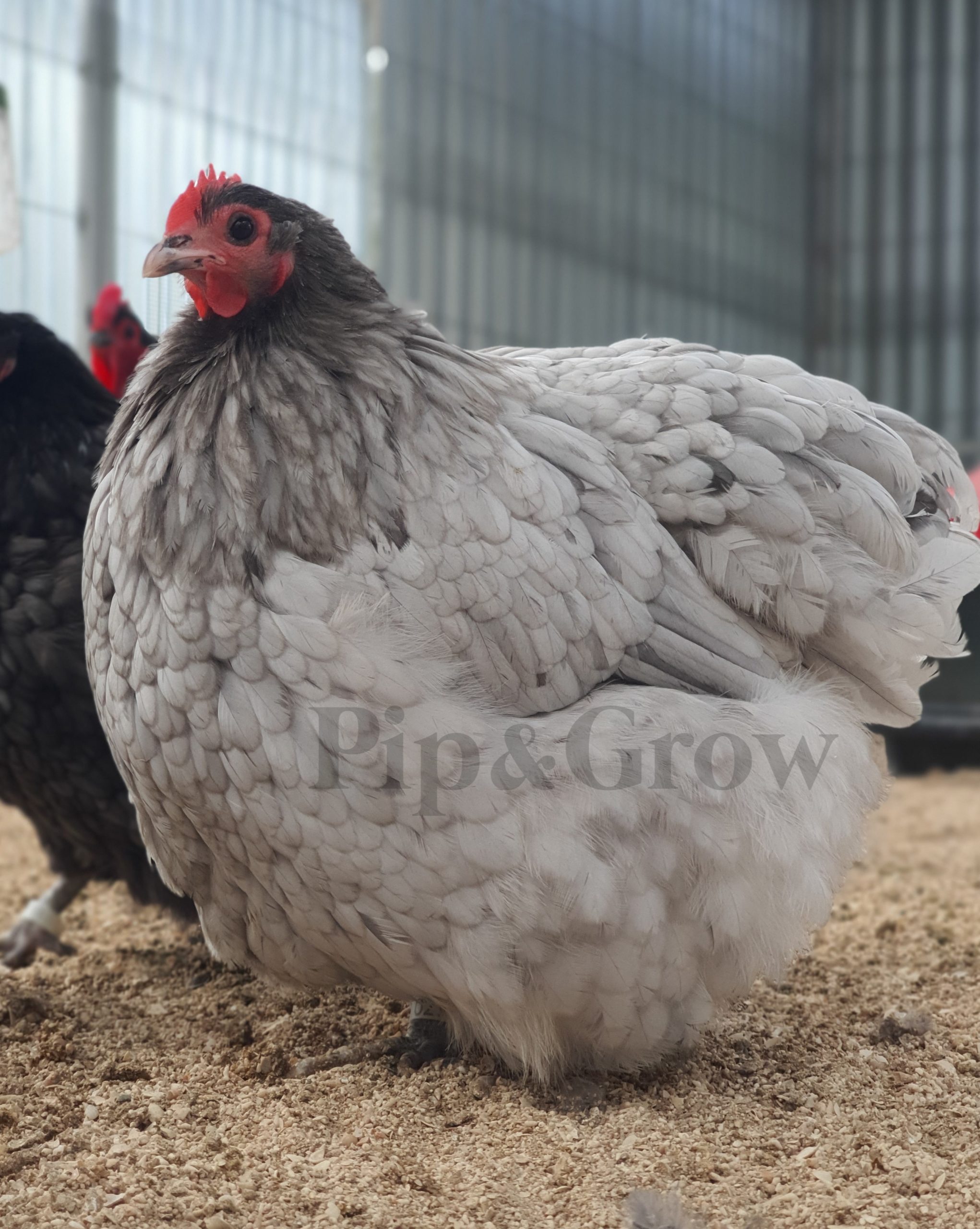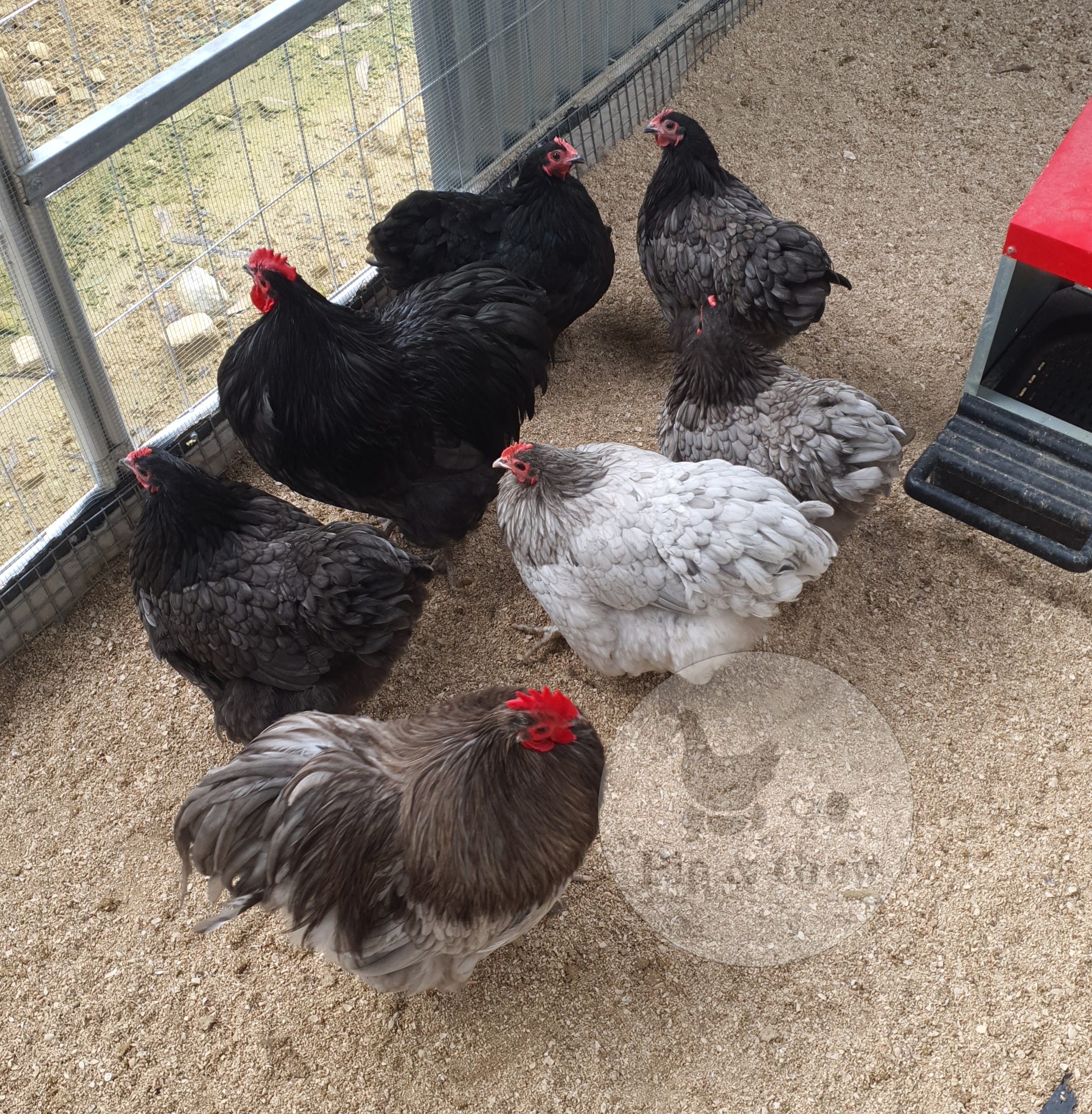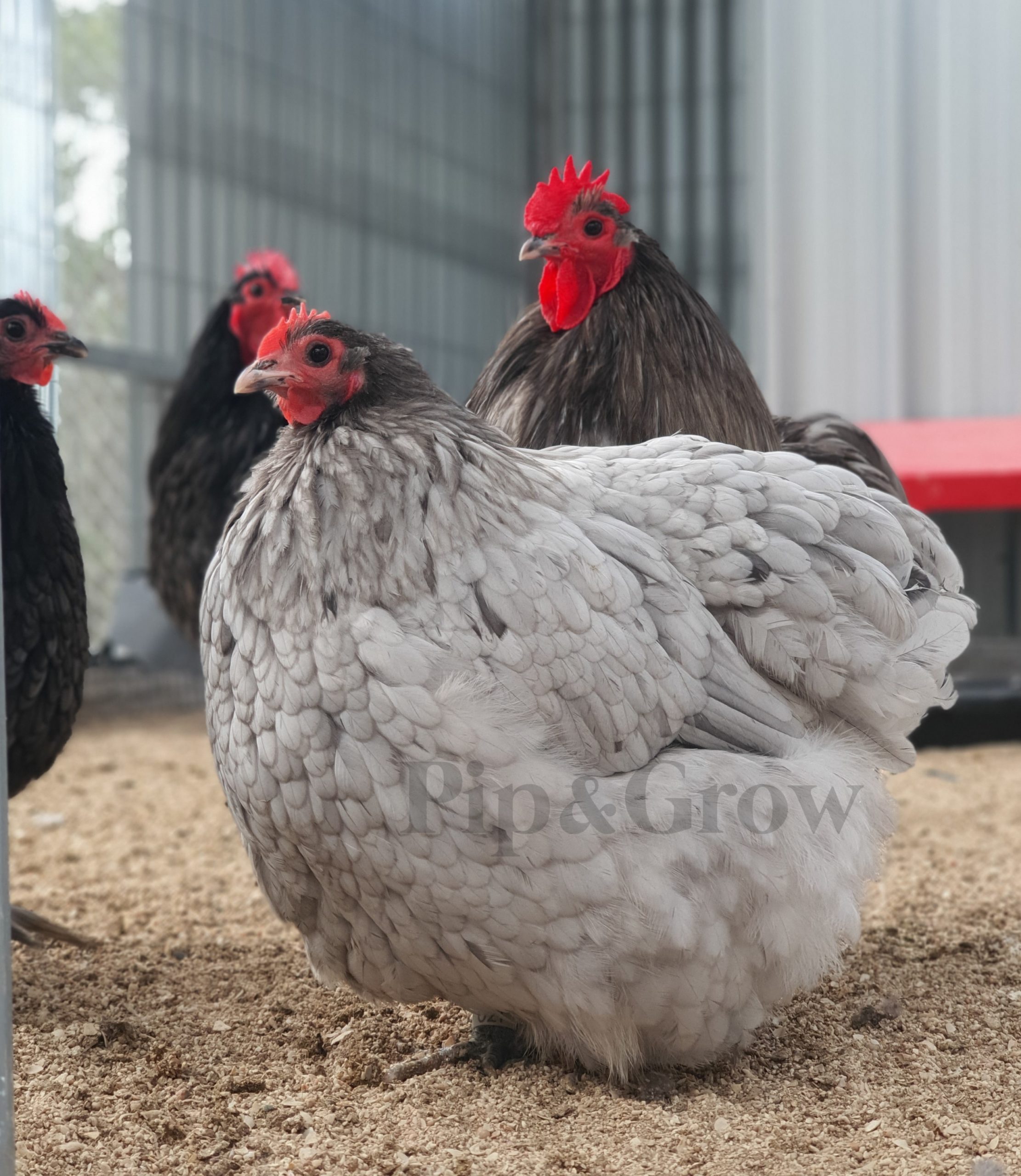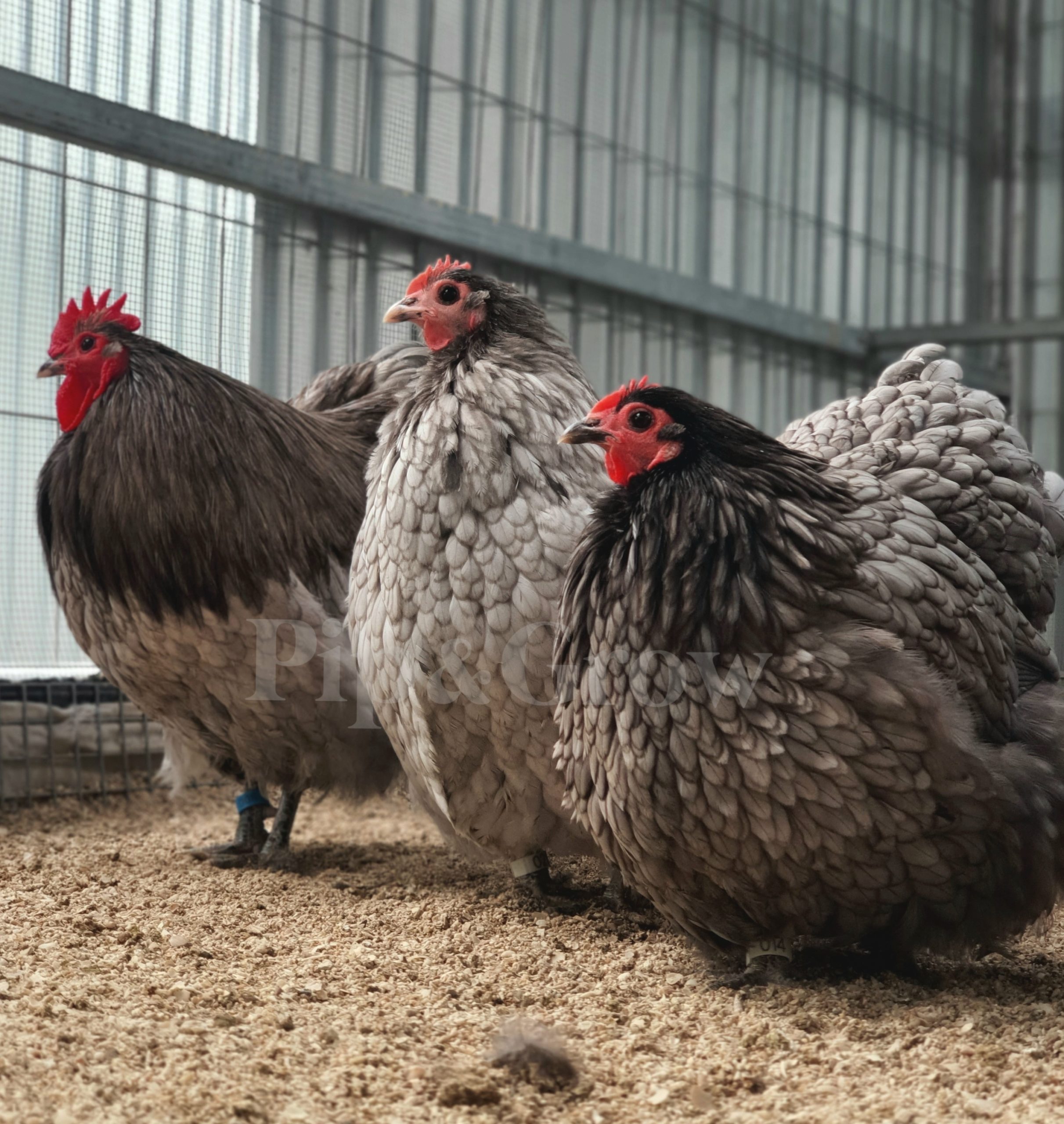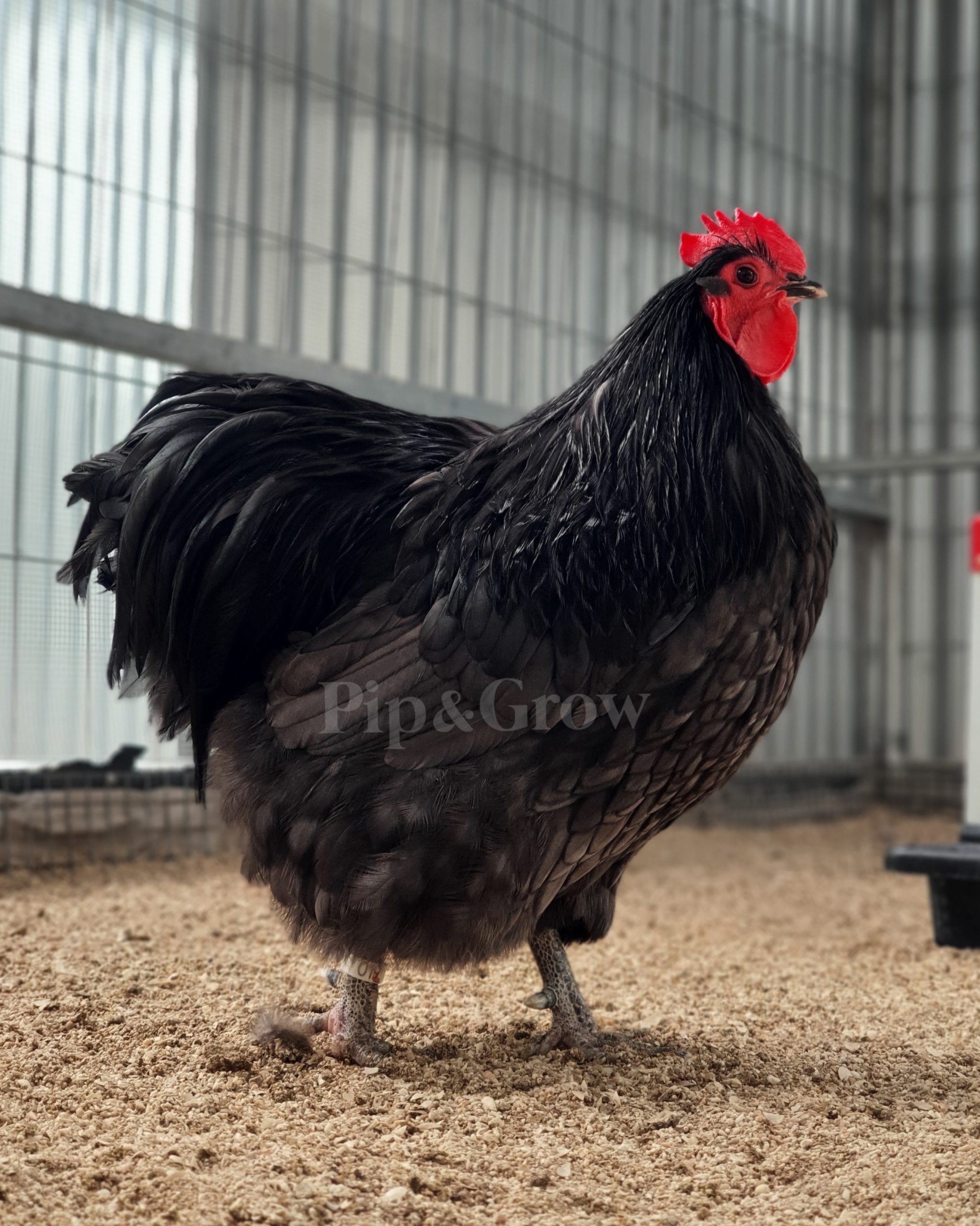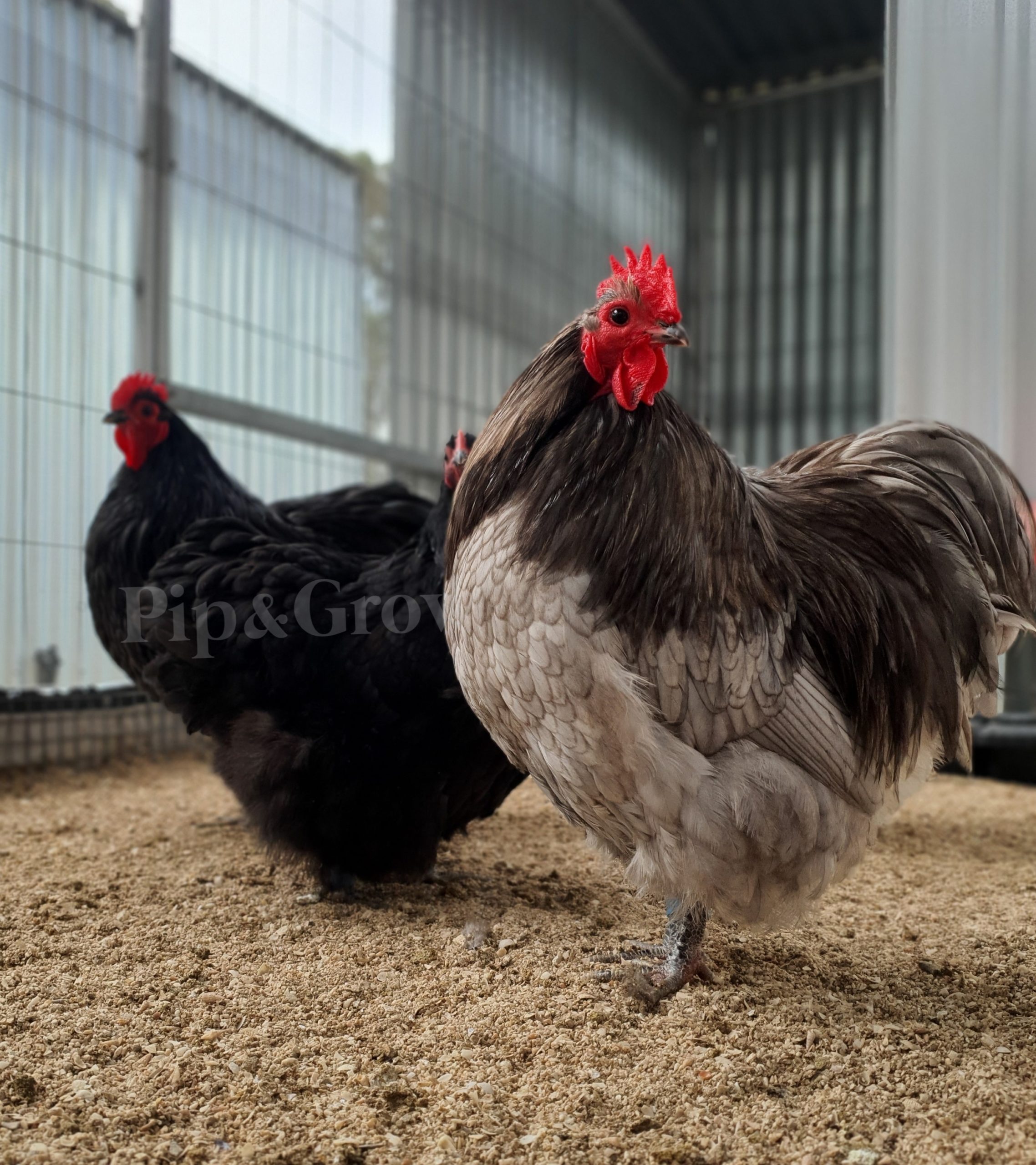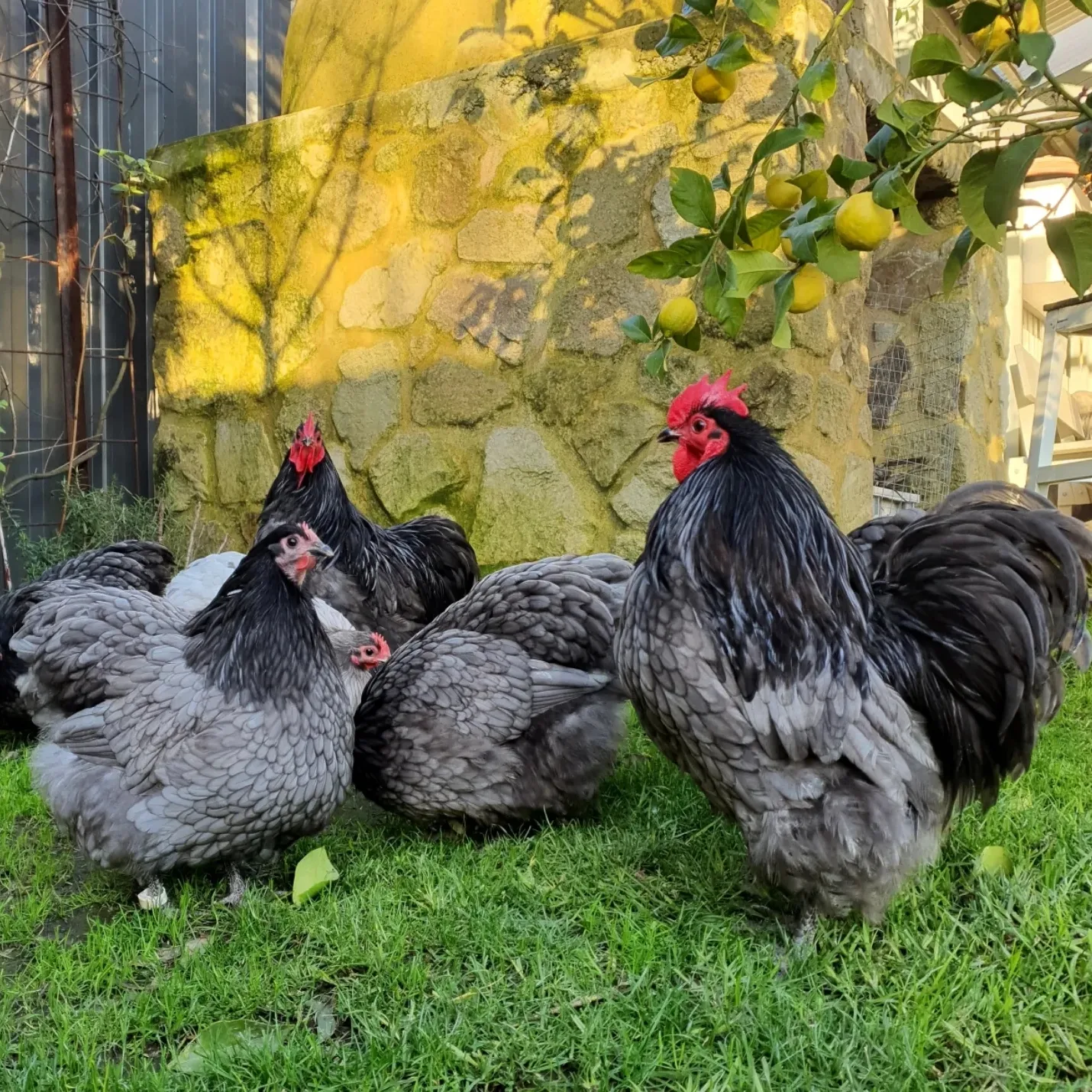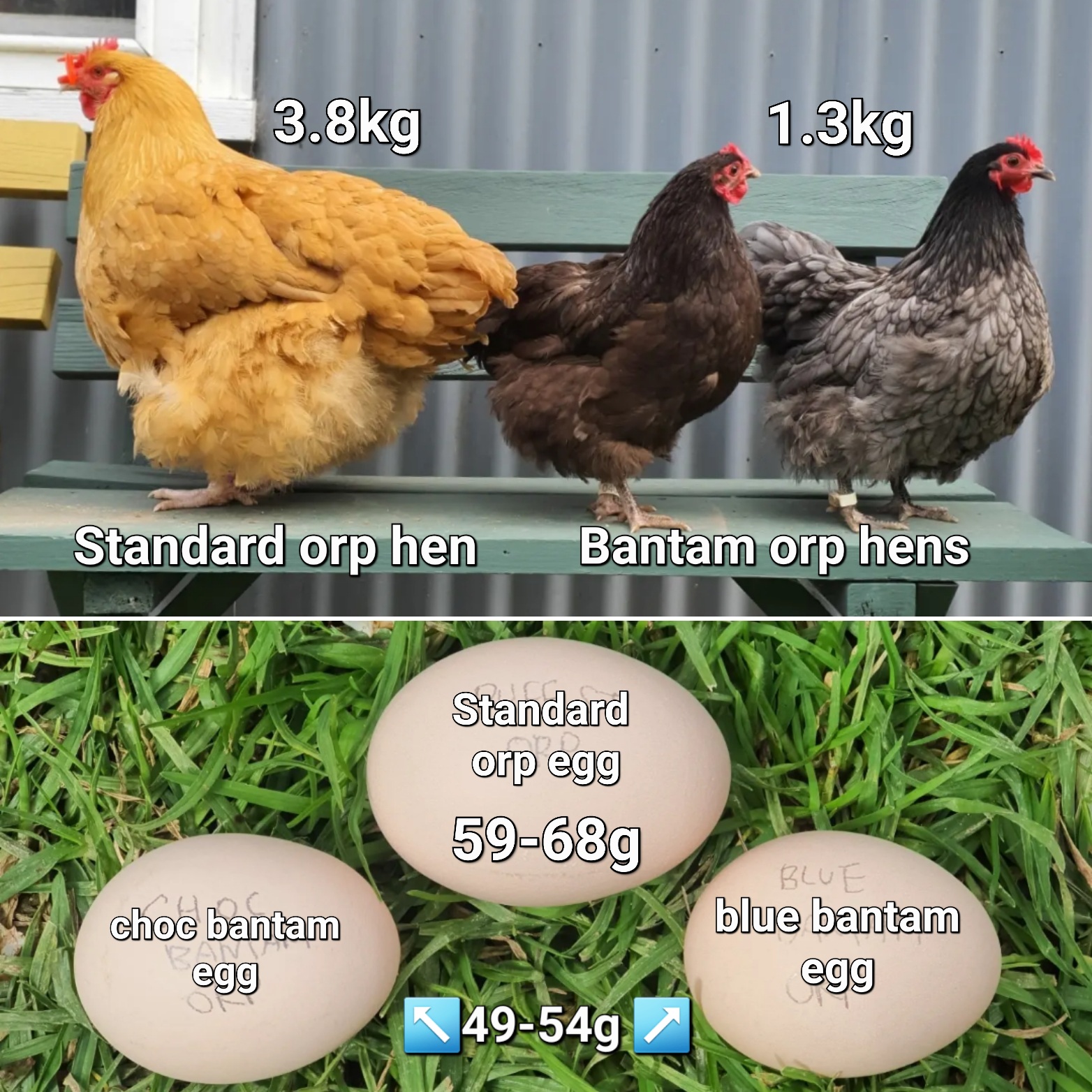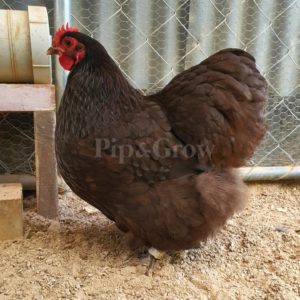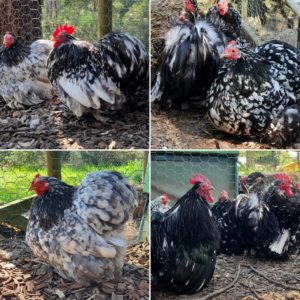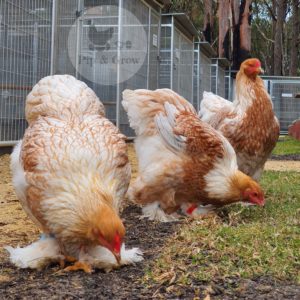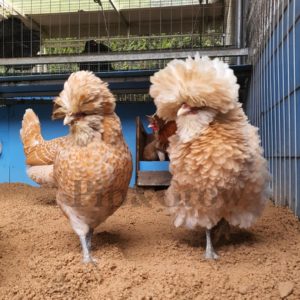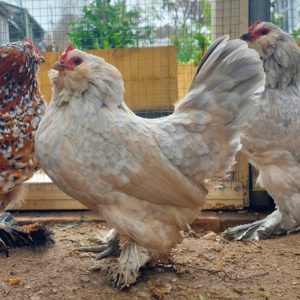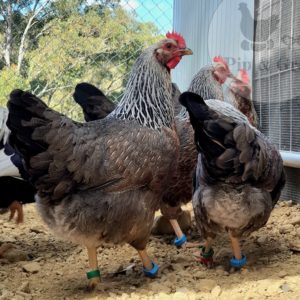Description
- Originated from Orpington, England
- Mature weigh around 1.3 -1.8 kg
- Medium size egg around 50-55 g
- Slow maturing – first egg around 8 to 9 months
- Light/cream coloured eggs, expected to lay between 180-200 per year,
- Broodiness – Moderate to high
- Maintenance – Low
Bantam Orpington is a smaller version of the standard Orpington chicken breed. It shares many of the characteristics of its larger counterpart but in a more compact size. They are prized for their friendly demeanor, attractive appearance, and egg-laying capabilities. Like standard Orpingtons, Bantam Orpingtons come in various color varieties, they have a similar round and broad body shape, fluffy feathers, and a low-slung appearance that gives them a charming and dignified presence.
Despite their smaller size, Bantam Orpingtons are known to lay eggs of good size relative to their body. They provide a good sized steady supply of eggs during season. They are often kept as pets due to their gentle and easy reactive temperament and suitability for smaller backyard environments. They do tolerate cold climate reasonably well due to their thick plumage that provides warmth but this can also overheat during extreme heat.
We have been working on our Bantam Orpingtons since 2021, bloodlines feature Karen Bussian’s lineage, along with a few different bloodlines. Through years of selective breeding, we’ve endeavored to preserve robust genetic diversity. Our focus has been on refining comb, type, and addressing split chest issues, often found in the Chocolate Bantam line in Australia. Previously, our Blue Bantam Orpingtons have been successfully exhibited by satisfied customers.
Please see Orpington – Open Poultry Standard Australia for more info and breed standards.
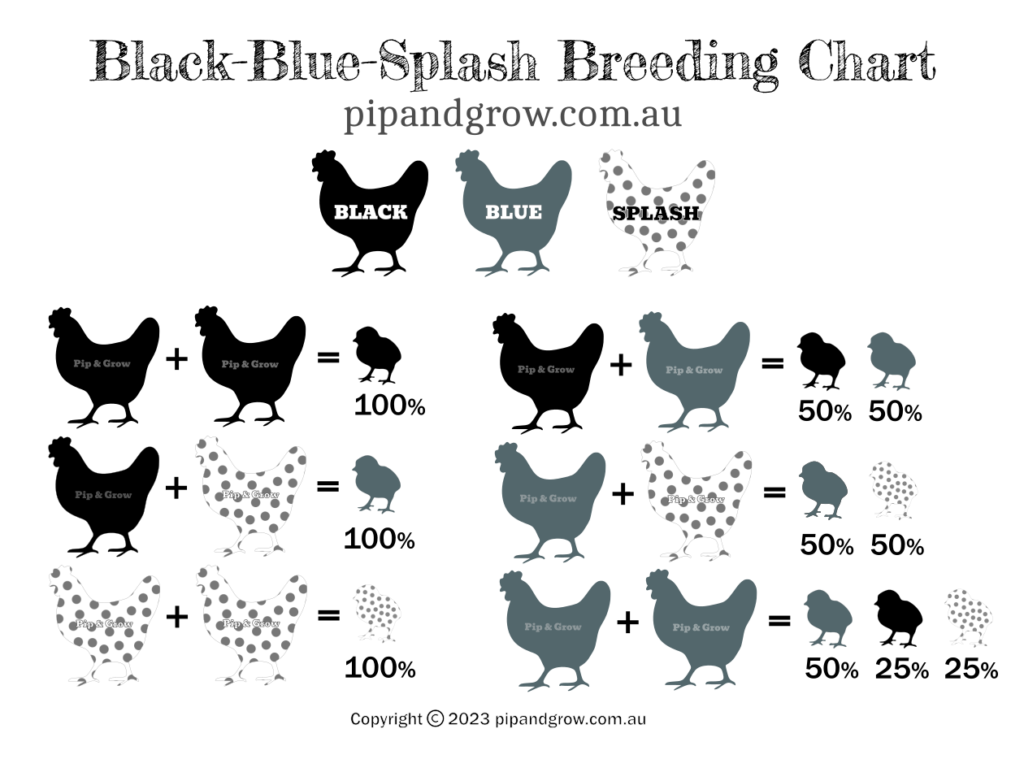
More info found on Breeds – Bantam Orpington page
